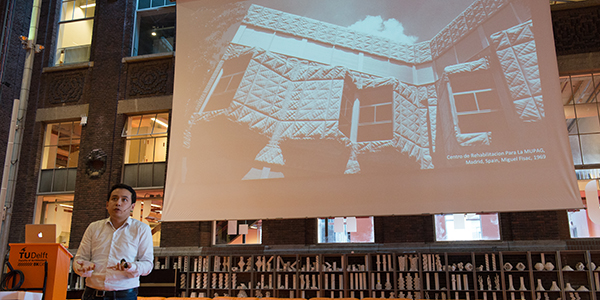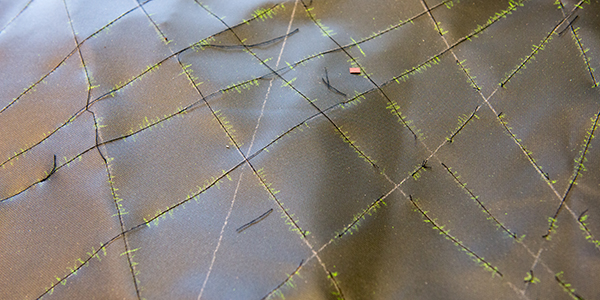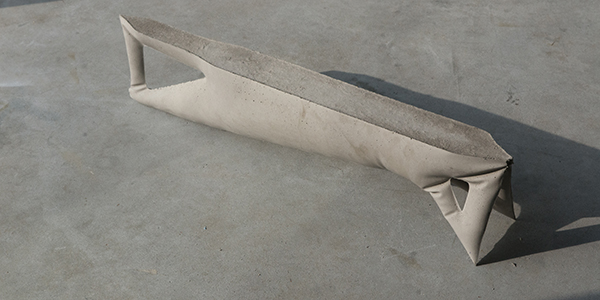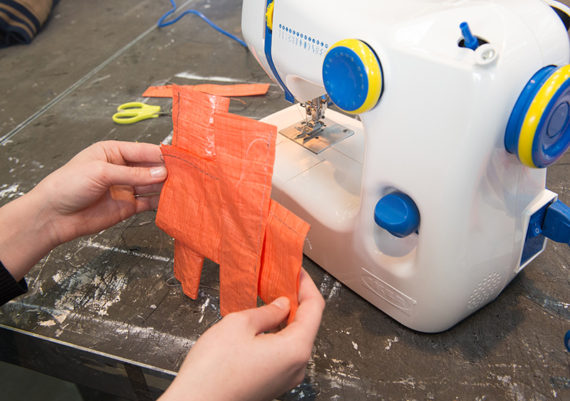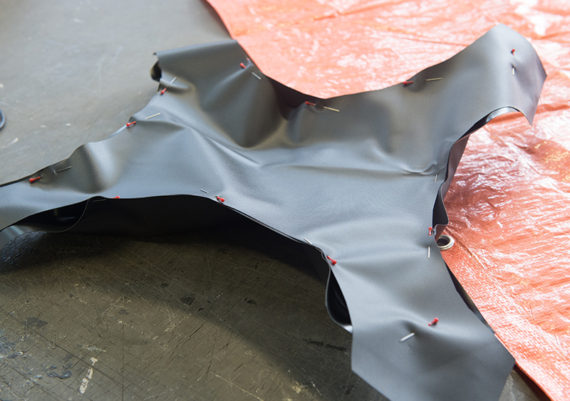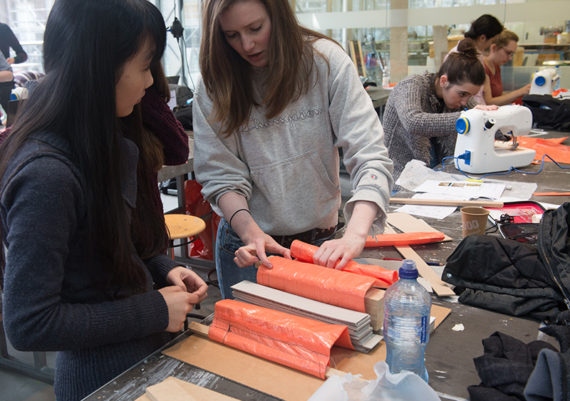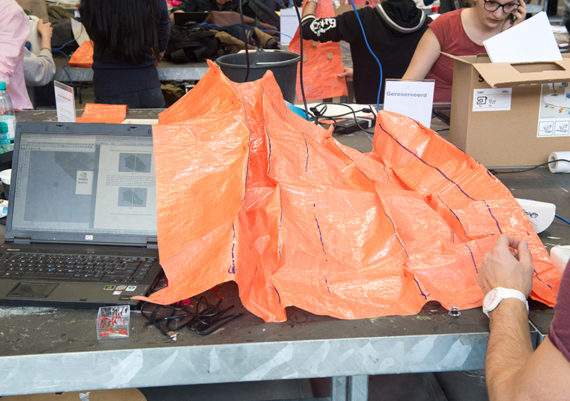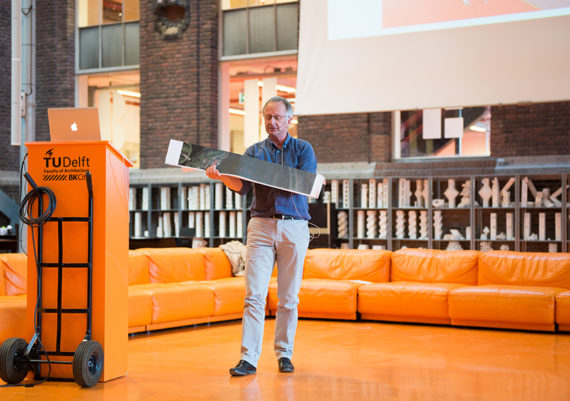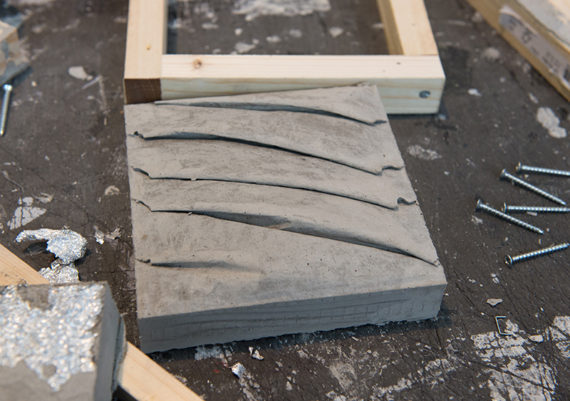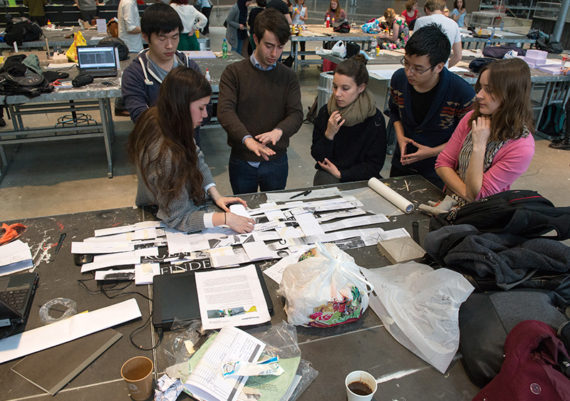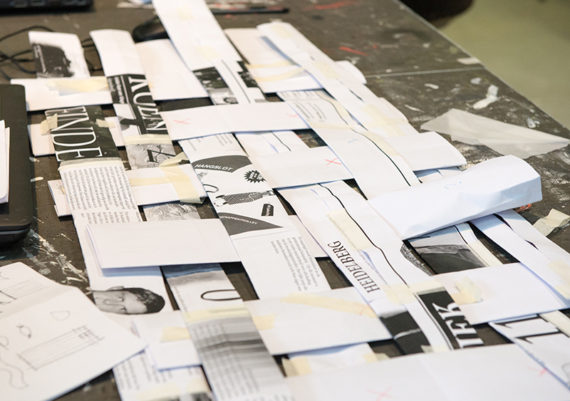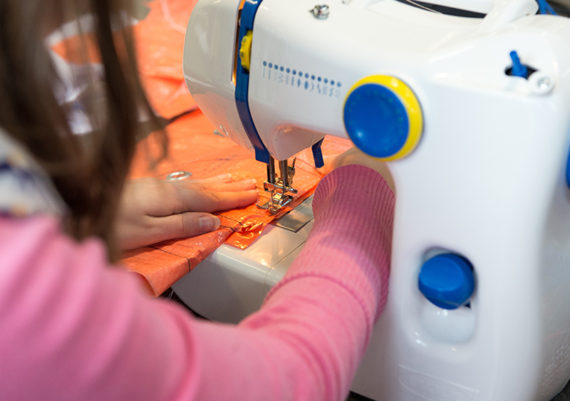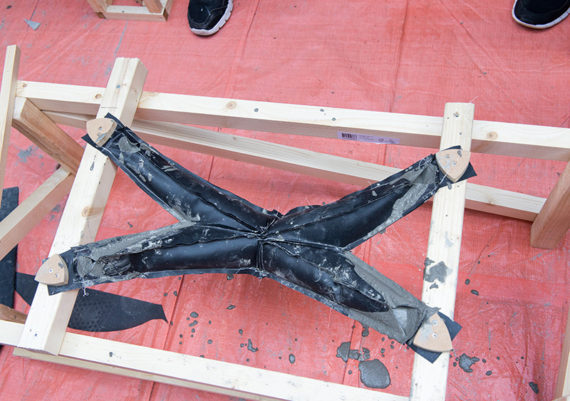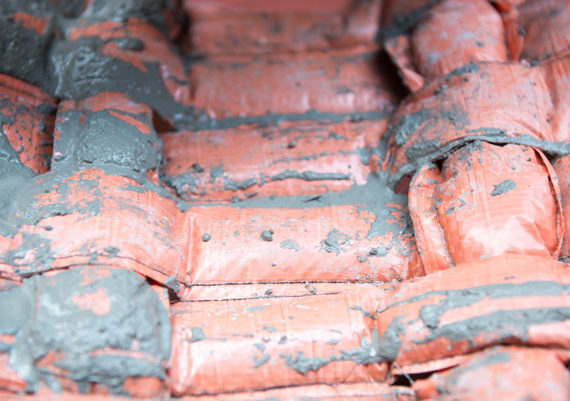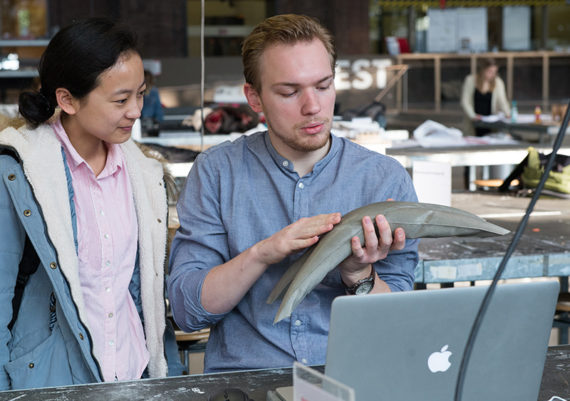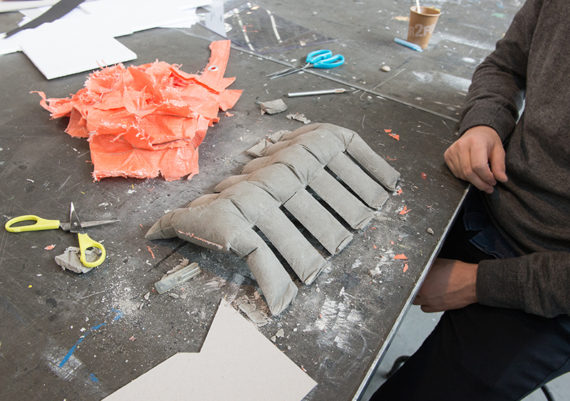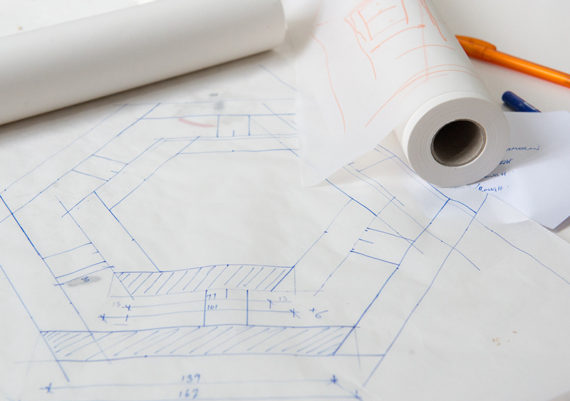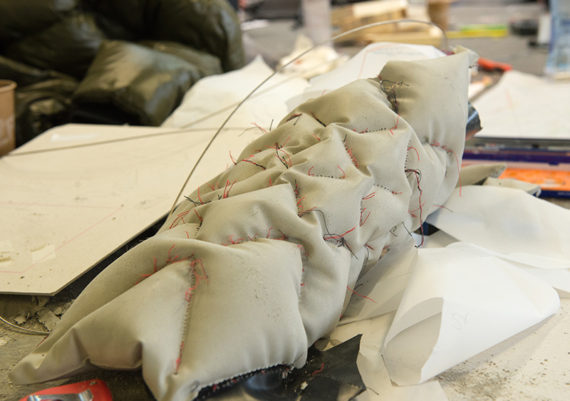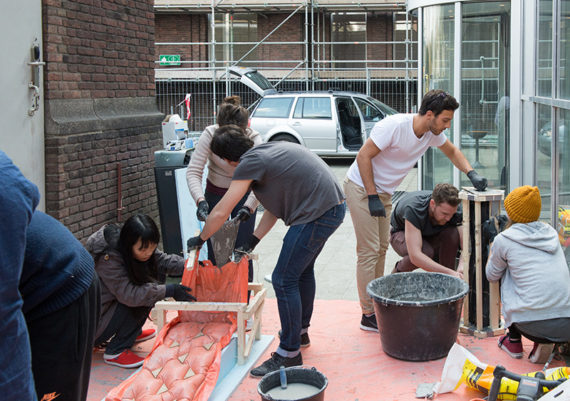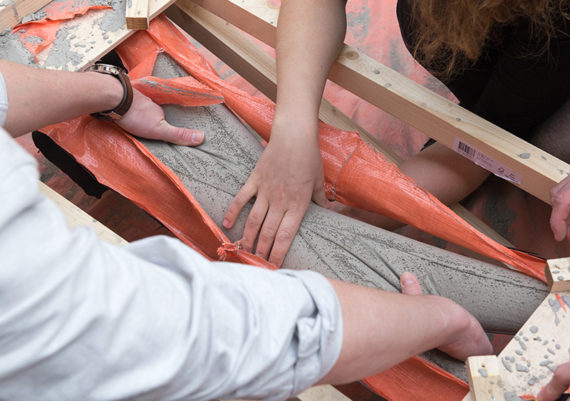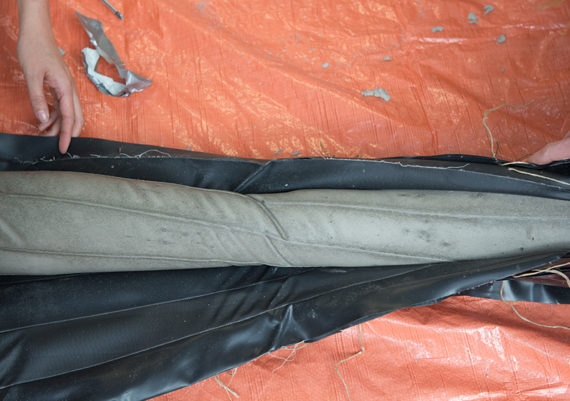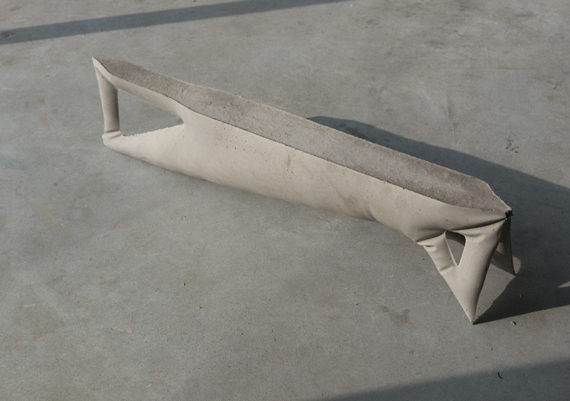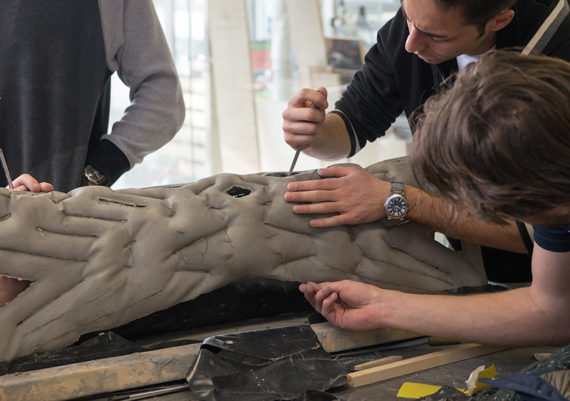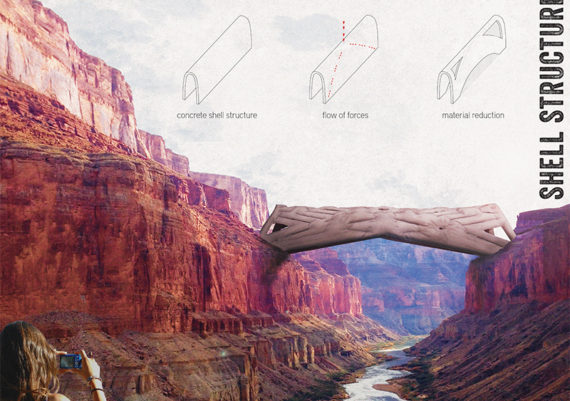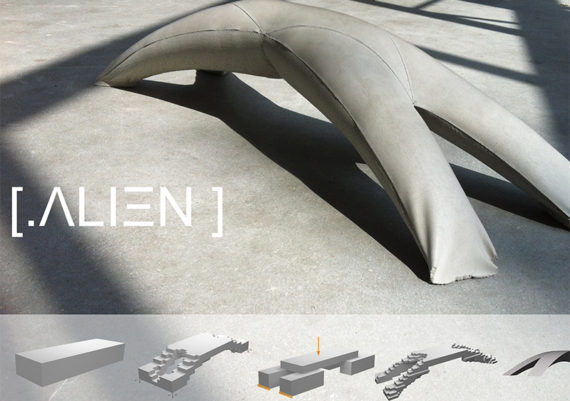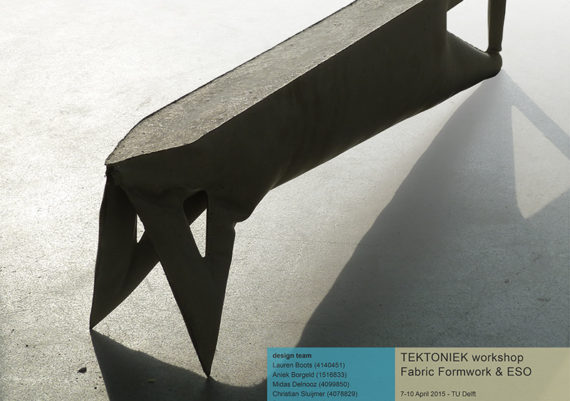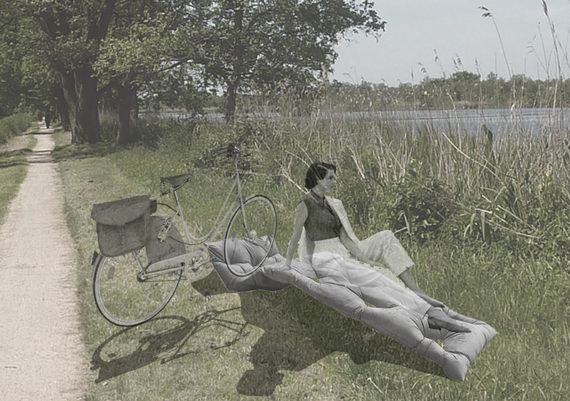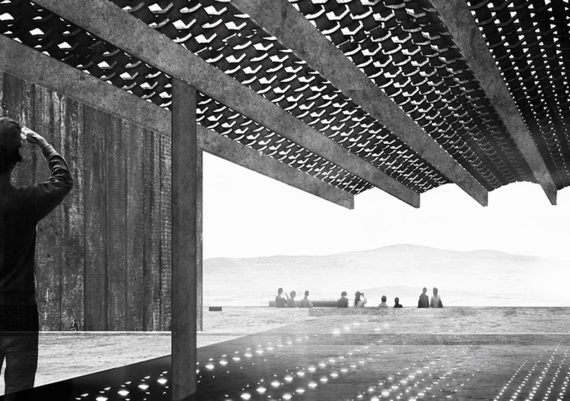fabric formwork & evolutionary structural optimisation - Tektoniek workshop TUD spring 2015
Hands-on concrete workshop for architecture and structural engineering students at Delft University of Technology. A combination of Evolutionary Structural Optimization and Fabric Formwork techniques is developed and tested.
2015
concept, coordination & management, tutoring
Investigating ‘hands-on’ innovative formwork techniques and design tools
Within the concrete industry several trends arise addressing topics related to environmental issues, production optimization and design driven ambitions. In the field of material research and development one can state that laboratory ready inventions are years ahead of what the industry can actually apply at this moment. At the same time one of the main ‘bottlenecks’ in developing new products seems to be the available formwork techniques.
Computer driven milling and cutting practices are well-known and necessary to cater to certain formal needs, but are limited in usage due to relative costs and environmental considerations. Recent research into predictability of deformation of fabric formwork seems to open this specific technique to more precise production methods, and therefor promises to become a viable economic alternative. More design driven and production testing is needed to explore this potential. How to design the formwork – patterns, shapes, templates, effects on textures – fabric types & seams, production methods – hanging or spanning the formwork, etcetera.
From an environmental point of view the aim to use materials only there where structurally, programmatically or physically needed. To reduce the amount of raw materials as well as production cycles. To reduce the total weight of objects and their carbon-, energy-, and environmental footprints. Any sensible reduction is a gain. Computer aided design tools can actually generate optimal formal solutions to meet specific structural demands. Though one can question the role of the traditional designer in such processes, it is especially this dialogue that is interesting to explore.
This workshop will investigate the above sketched situation in interdisciplinary teams. Structural optimization techniques related to traditional design ambitions (form and textures) in combination with formwork techniques that promise to be cost effective and are by definition ‘non-orthogonal’. By means of a seemingly simple design assignment – small span or column/wall system – several techniques will be tested ‘hands-on’. Specific expert knowledge will be provided though a key-note lecture, tutors and expert guest critics. The aim of the workshop is to develop an introduction into the various disciplines of research needed to further develop this combination of ambitions and techniques in relation to the general context it demands from designers as well as from structural engineers. Generating additional skills for innovative professionals (to be), a peak into future possibilities.
SHELL STRUCTURE
[.ALIEN]
Jerk Bais, Yanthe Boom, Koen de Veth, Luuk van Vliet & Shijie Zhang
THREE-LEGGED SPAN
Lauren Boots, Aniek Borgeld, Midas Delnooz, Christian Sluijmer & Paul de Wilde
FIETS LONGUE
Mail Cardellie, Livia Ghidoni,Iren Koomen & Huiyi Qian
WEAVING SHELTER
Myriam Dautermann, Ruofan Gan, Andrea Govi, Anna Koolen & Xiangyu Zheng
CEMENT SPIRAL
Hannah Barth, Michael Rayburn, Giacomo Rizzi & Shao Shan
tutors:
Siebe Bakker & Anna Karina Janssen
lecturers:
Rob Nijsse & Diederik Veenendaal
experts:
Marije Kampfraath & Diederik Veenendaal
support:
Weber Beamix
initiative:
Cement&BetonCentrum- Coen Smets
